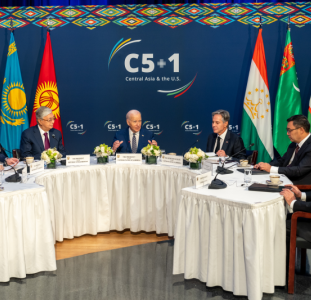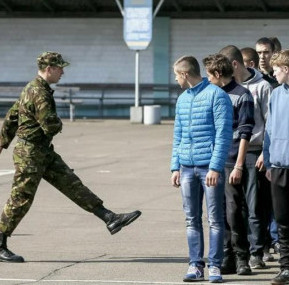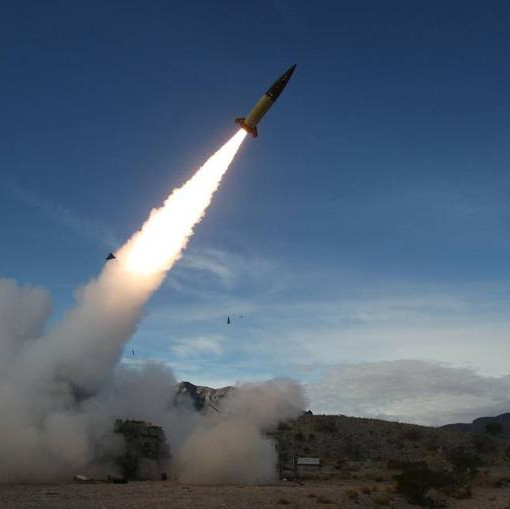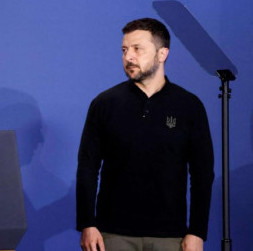Throughout January this year the ships of the Russian Navy exercises are held in the Mediterranean, the Black and Red Seas, the Gulf of Aden, in the Indian Ocean. Moreover, not just one or two fleets, as before, but four at once- the North, Baltic, Black Sea and Pacific fleets are participating. And while the Pacific Fleets continue to lead the civilian ships caravans along the Somali coast chosen by pirates, their colleagues from Severomorsk, Baltiysk and Sevastopol perform combat missions in the Mediterranean and adjacent waters.
It was known of the Russian detachments sending to the Eastern Mediterranean up before the New Year. Referring to an unnamed source in the General Staff of the Russian Armed Forces, news agencies reported they had to go to the rendezvouz point for “joint resolution of combat missions” at the coast of Syria.
In addition, the combat ships – Moskva missile cruiser, Marshal Shaposhnikov and Severomorsk large antisubmarine ships, Yaroslav the Wise and Smetliviy patrol ships as well as six large assault landing ships – Kaliningrad, Novocherkassk, Alexander Shabalin, Saratov, Nicholai Filchenkov and Azov, and their support ships - tankers and tugs, were assigned to repeated calls to Navy sustainment centers in the port of Tartus. For rest of the crew and rewatering, refuelling, fuels and lubricants resupply. It was not ruled out that if necessary our ships will be able to take part in the evacuation of Russian citizens who want to leave their now unsafe second home. It was publicly announced by representatives of the Russian Foreign Ministry.
Later, Colonel-General Valery Gerasimov, Chief of the General Staff of the Russian Armed Forces said that “such a large-scale naval operational training is held for the first time and is intended to improve the control system, to ensure the issues of cooperation between naval forces in the far sea zone.” During the fleet maneuvers, he said, issues of Navy joint force creation outside of Russia, planning for its use and implementation of joint actions by a single plan will be worked out. First Deputy Chief of the General Staff, Colonel General Alexander Postnikov who left for the area of maneuvers was appointed maneuver commander.
Russian naval deputy chief of staff Rear Admiral Leonid Sukhanov, who is now on board the Moskva cruiser in the Mediterranean, via videolink from the Supreme Command of the Armed Forces said that in addition to surface ships and support ships also submarines are involved in the maneuvers – a multi-role nuclear and diesel-powered submarine in the Mediterranean and one diesel-powered submarine in the Black Sea. He did not call names and side numbers of the nuclear and diesel submarines that joined the inter-fleet group at the Syrian coast, it is a mystery not only for the press but also for the foreign ships searching for foreign boats. But the Black Sea’s “dizelyuha” (naval slang) is known - it is Alrosa. In this water area it is one and only.
According to the exercise scenario (it was given to the media again by an unnamed source from the General Staff), the Russian Navy inter-fleet group will not only hold a joint maneuvering at sea and debug the control system of so large (more than two dozen hulls) detachment of Russian ships, which our General Staff and the Main HQ of the Russian Federation Navy have not done very long, but at the end of January, will perform tactical events of landing on the Syrian coast of several marine units, air assault units of the 108th Kuban Cossack Guards Airborne Regiment from the Air Assault (Mountain) Division of Novorossiysk, and military equipment. They will then work out the inverse process - loading these machines and units on the ship. The landing force covering fire will be provided from the sea by a surface attack group comprising the above named Moskva cruiser, Severomorsk antisubmarine ship, Smetliviy and Yaroslav the Wise patrol ships.
Of course, they are unlikely to shoot live ammunition at Syria, they will use blank. Although the lack of an obligatory powerful air support to the landing force, which is required by any directions for such operations, in the report of the General Staff is alarming, but not surprising. It is a long way for our bombers to fly to Syria from the same Crimea or from near Anapa. And indeed, is it necessary to ask for permission from the countries that are on route, to explain to them what for and why our SUs are flying in the Eastern Mediterranean. A lot of trouble, not much use. An exercise in reduced form is also a science. The more especially is their real purpose is not a demonstration of the national navy’s growing power or its confrontation to other sea powers (for example, the Americans have one fleet in this area - the sixth, but its fighting efficiency is about as much as our four fleets have, - one or two aircraft carriers, 40 combat ships, 175 aircraft and 21 thousand personnel), but preparation for a possible evacuation of Russian citizens.
True, the landing of marines ashore with air support was trained by our sailors and paratroopers before march to the Mediterranean Sea as far back as on the Rayevsky firing ground at the Black Sea. The Baltic Fleet’s assault landing ships, Alexander Shabalin and Kaliningrad, participated in that operation too. The weather that day was very bad. It was blowing hard, huge waves rolled ashore, but our sailors and paratroopers performed their task. They landed on the unequipped coast, and then successfully returned to the ships. Now they are going through the Bosporus, the Sea of Marmara and the Dardanelles to the Syrian coast.
It is not known yet whether Russian citizens will be evacuated from Syria by sea or otherwise. The Syrian army, according to press reports, still successfully repels the attacks of the motley opposition. Those of our citizens, who remained without a roof over his head, were removed from Lebanon by two aircrafts of the Ministry of Emergency Situations. There are only 77 people. The Syrian coast from the Ras Ibn Hani cape in Latakia to Dzhebla, Baniyas and Tartous is free from rebels and by agreement with the lawful authorities in Damascus, the assault landing can be made there, as sailors say, on unequipped coast. However, so far, at the moment of this writing, the landing on the Syrian unequipped coast has not yet occurred.
Our ships maneuver in the Mediterranean water area, call at the ports of friendly states - including Malta, to which the author of this in the January holidays was the witness, as well as to Cyprus and Greece. And whatever the appearances, our sailors are really present in the Mediterranean, both in the eastern and central part, as well as in the Horn of Africa, the Gulf of Aden and the Red Sea. Although their goals are different everywhere, these facts suggest that the times have changed.
The domestic Navy begins to recover, it stopped to stand at mooring berths and went into the World’s water. Not to scare anyone. But to let its personnel improve its combat experience and seagoing ability, show its presence there, as sailors say, demonstrate its St. Andrew’s flag, a willingness to take part in one or another international operation approved by the Security Council, it could be that. In other cases – to protect life and health of Russian citizens. And now many will have to take this into consideration.










